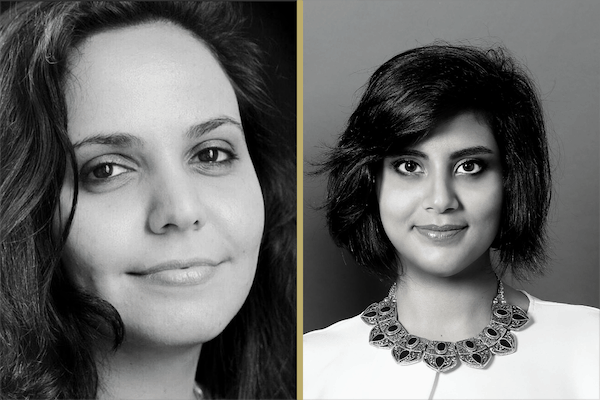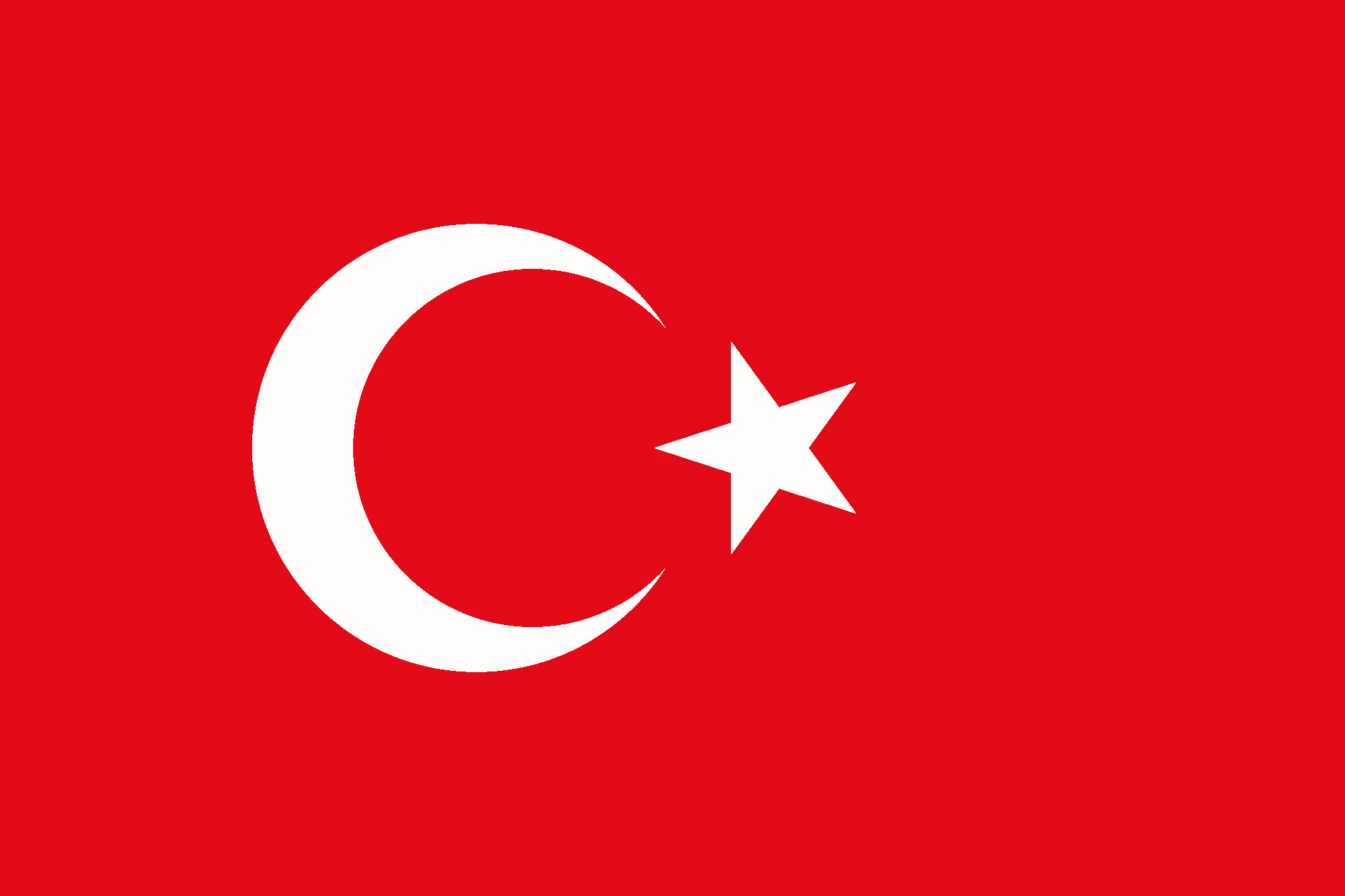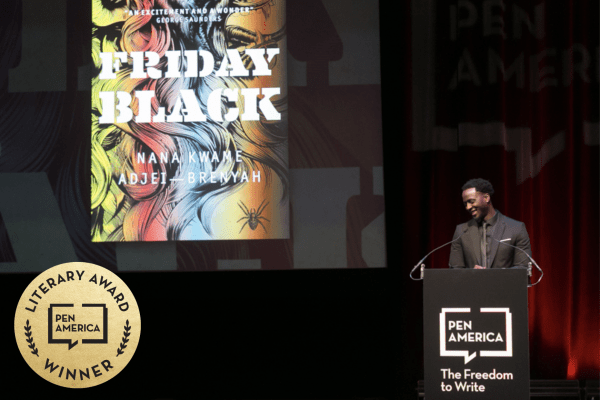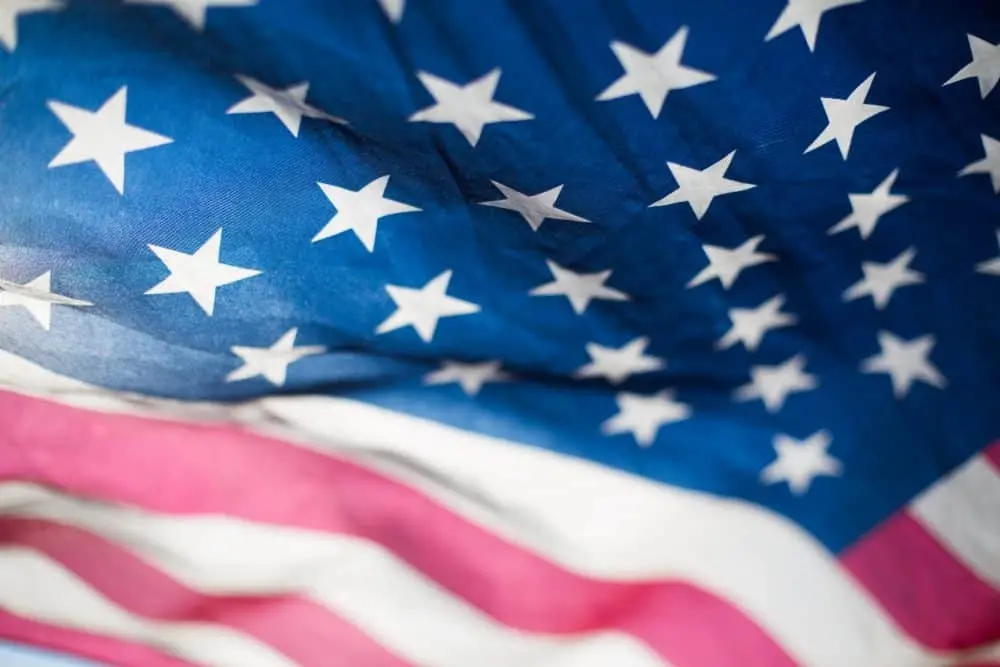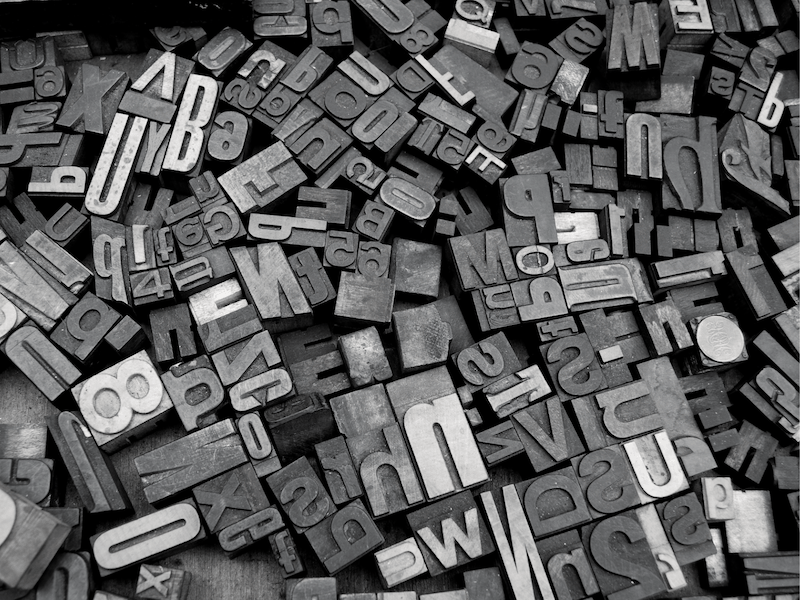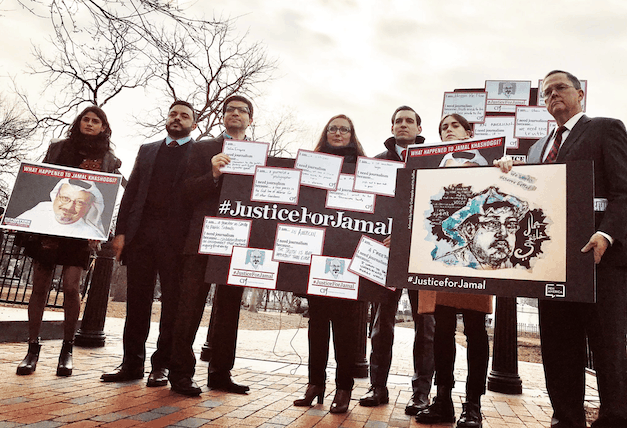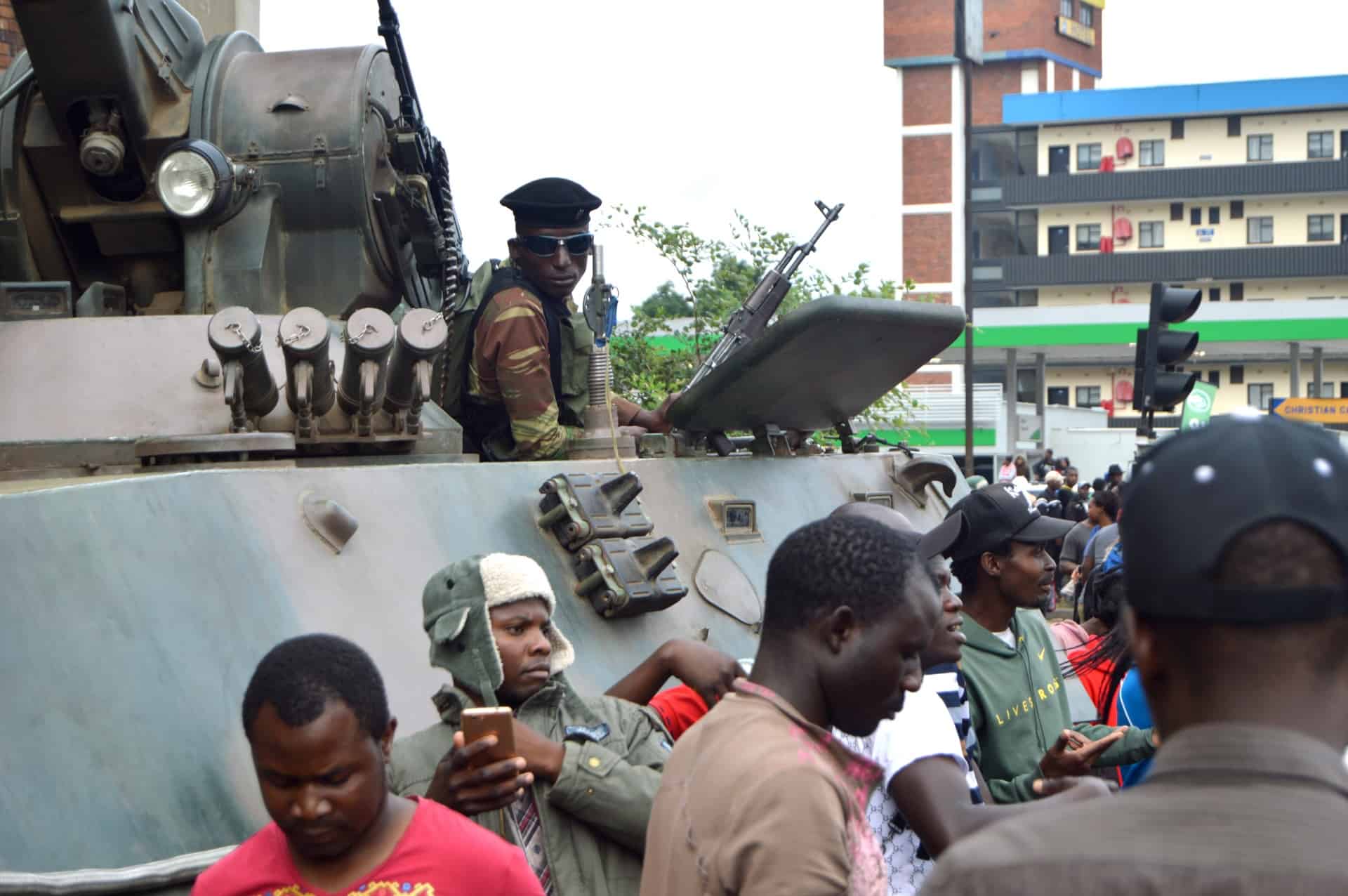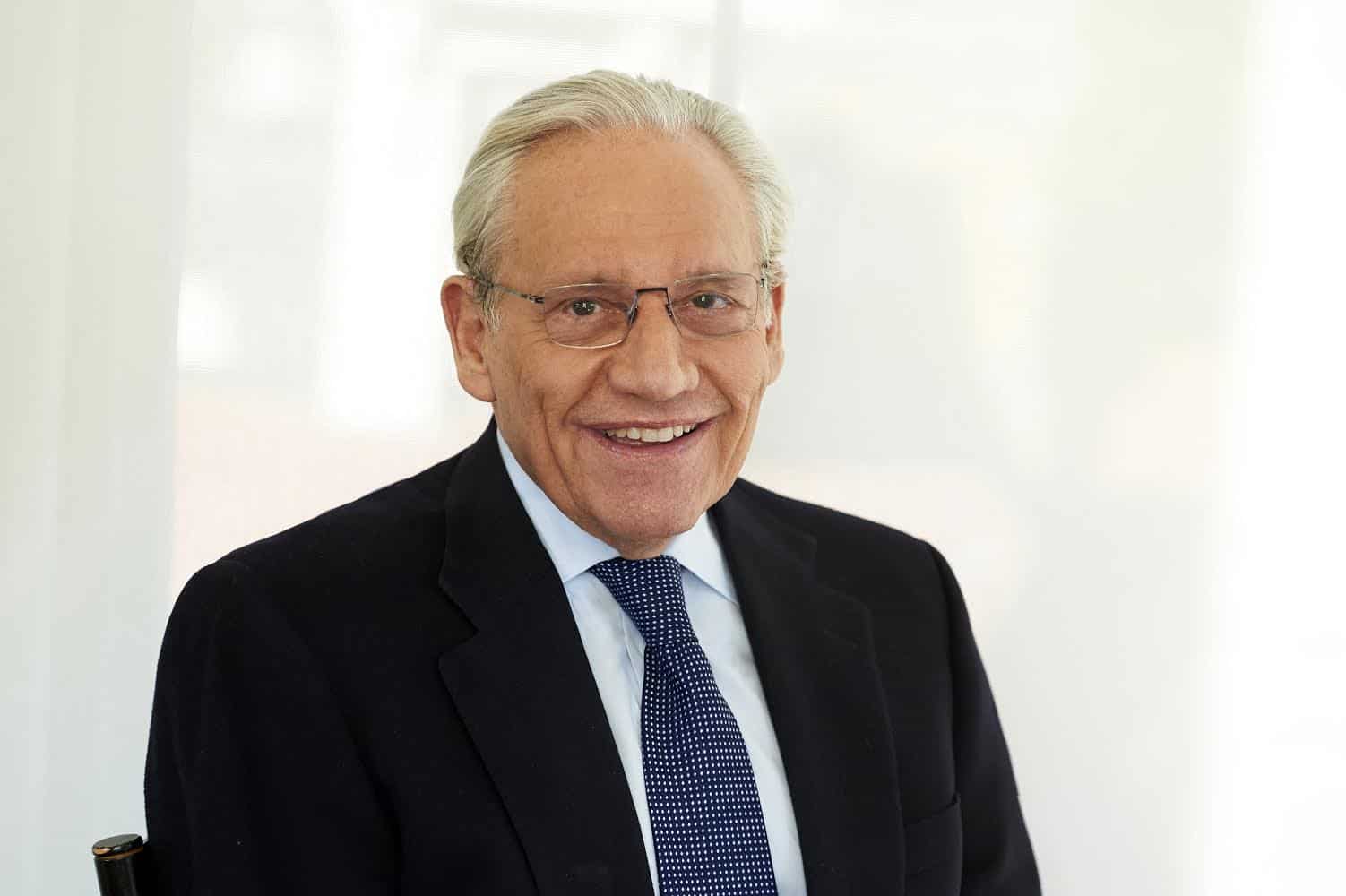In advance of PEN America’s panels at the 2019 AWP Conference and Bookfair, author Sonya Huber discusses how organizations can take steps to offer accessible and inclusive programming.
Disabled writers face a wide range of issues, including lack of access to literary events and accessible print or online material, residencies and educational opportunities that are inaccessible, and lack of access to publishing markets, literary outlets and readership, social networking, and connections with the wider literary community. Disabled people don’t often see themselves among images presented in media, in writing, and in the arts. Systemic issues such as the state of healthcare, transportation, social services, and education in our country put acute pressures on many disabled writers, to the point that some are no longer able to write or do not receive the mentorship or readership they need, thus imposing a kind of censorship with regard to disabled writers’ experiences.
Despite these facts, many social justice and arts organizations don’t yet include disability justice in their mission statements or among the range of identities and issues on which they focus. Disability justice is a long-standing area of activism, and disability is a state that most people will experience at some point in their lives. Artists and writers with disabilities—and that includes mental and physical, visible and invisible—continue to push against a bias that assumes that the “standard” human is able-bodied. A focus on disability justice and access is not just for the benefit of the disabled. In broadening an organization’s viewpoint to include the full range of human experience, its membership and participants will broaden as all benefit from a more multifaceted understanding of the world.
“In broadening an organization’s viewpoint to include the full range of human experience, its membership and participants will broaden as all benefit from a more multifaceted understanding of the world.”
As a concerned able-bodied writer, where might one start in terms of tuning in to disability justice in the literary community? In addition to seeking out disabled writers and learning about literary disability activism (such as the #CripLit hashtag and conversation organized by the Disability Visibility Project among many others), another important step is to examine the facilities and events you’re involved with and begin to think in terms of access. Members of the Disabled and D/deaf Writers’ Caucus at the Association of Writers & Writing Programs (AWP) have raised a range of access issues over the past several years. Out of that long conversation, AWP has taken steps to orient itself toward access, including coming out with a new Guide to Accessible Literary Events which includes links to locating accessibility resources. Another resource is the Guide to Planning Accessible Meetings provided by the Mid-Atlantic ADA Center. As the Mid-Atlantic ADA Center states, “Planning and preparation are key.” For events that involve registration or advance publicity, include contact information for anyone who might need specific accommodations. This will allow you to address a range of needs—from large-print handouts to interpreters to ramps, extra seating, or a scent-free environment—and to investigate options ahead of time. A flyer or email without a contact person to receive questions about access can implicitly signal that disabled people are not welcome or not included. Cornell University provides language and a checklist for access requests that might be helpful as a framework. When designing web resources, investigate whether your website is accessible to meet a variety of needs using principles of “universal design.”
No matter where you are, there are experts in your community who can help with accommodations resources, and being willing to learn is the only requirement. As part of a commitment to diversity and disability justice, appoint someone within your group or organization to begin to learn about local options and to develop access expertise. Over time you can address the bigger issues: challenging the assumption that disability is a marginal issue and accepting more content that includes disability, including disabled people among your leadership, and integrating disability justice into your mission statement and programming. With each step, you will be slowly replacing an able-bodied bias with a framework of disability justice.
(A note from the author on language: Many resources and organizations state that “person-first” language is preferred, such as a “person with a disability.” Many activists, however, prefer to identify as “disabled.” The bottom line is that a person gets to choose how they are referred to, so don’t correct a disabled person regarding their own description of themselves.)


